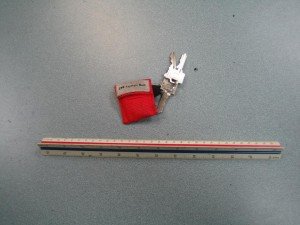
When you enroll in any of our CPR training classes, the programs involve both cardiopulmonary resuscitation and first aid training. We often get EMTs and allied health professionals in our programs who don’t just need CPR training but first aid training as well. Our locations can be found in six cities: Los Angeles, San Francisco, Las Vegas, Honolulu, Seattle, and Portland. All of them offer the same training programs at the same rates as well.
The CPR training curriculum
When we teach our trainees CPR, we always start with basic skills. There are three basic skills that a rescue should have: compressions, rescue breaths, and defibrillation. All of these steps are vital in keeping the heart beating during cardiac arrest. All of the curricula at our providers always incorporate these basics into training. A Basic Life Support course covers basics skills and first aid in the curriculum.
As a program becomes more advanced, more skills are added to a trainees repertoire. Advanced Life Support courses will either teach the student to manage an adult case or a pediatric case. Courses under ALS training cover the medical management of in-hospital arrests, or victims who are brought to the hospital to be managed.
Basic CPR skills
- Chest compressions on adults are done with two hands placed on top of each other on the center of the chest. The chest is then pressed or pushed down by a third of the AP (anteroposterior) ratio, this is approximately 2 inches in adults and older children. For chest compressions on infants, two fingers are used to depress the chest by one and a half inches. For toddlers, only one hand is used because less pressure is needed to compress the chest.
- Outside of a hospital, a rescuer is most likely to give mouth-to-mouth breaths after a cycle of 30 compressions. If a barrier device such as a face mask is available, it can be used when the rescue breaths are being given. We also teach our students how to use bag valve masks (BVMs) to give rescue breaths.
- Unlike what people see in the media, defibrillation is only given to a victim who is experiencing irregular heart rhythms not flatline. The electrical shock given to the heart helps return the heart to its normal cardiac rhythm.
Basic Life Support
We offer three Basic Life Support programs to trainees. Only one can be taken by the public while the other two (as well as the two Advanced Life Support courses) are for healthcare providers.
- Heartsaver CPR has two programs under it, one for the public and the other for HCPs. This is the most basic of CPR courses, teaching students basic one-person rescue, first aid, and defibrillation. The course for the public is shorter, lasting four hours, while the HCP course is four and a half hours long. The programs have the same curriculum but the lessons are tailored towards the students.
- Basic Life Support covers the basics as well, but teaches students how to give one and two-person rescue. First aid and defibrillation are still included in this four and a half hour long program.
